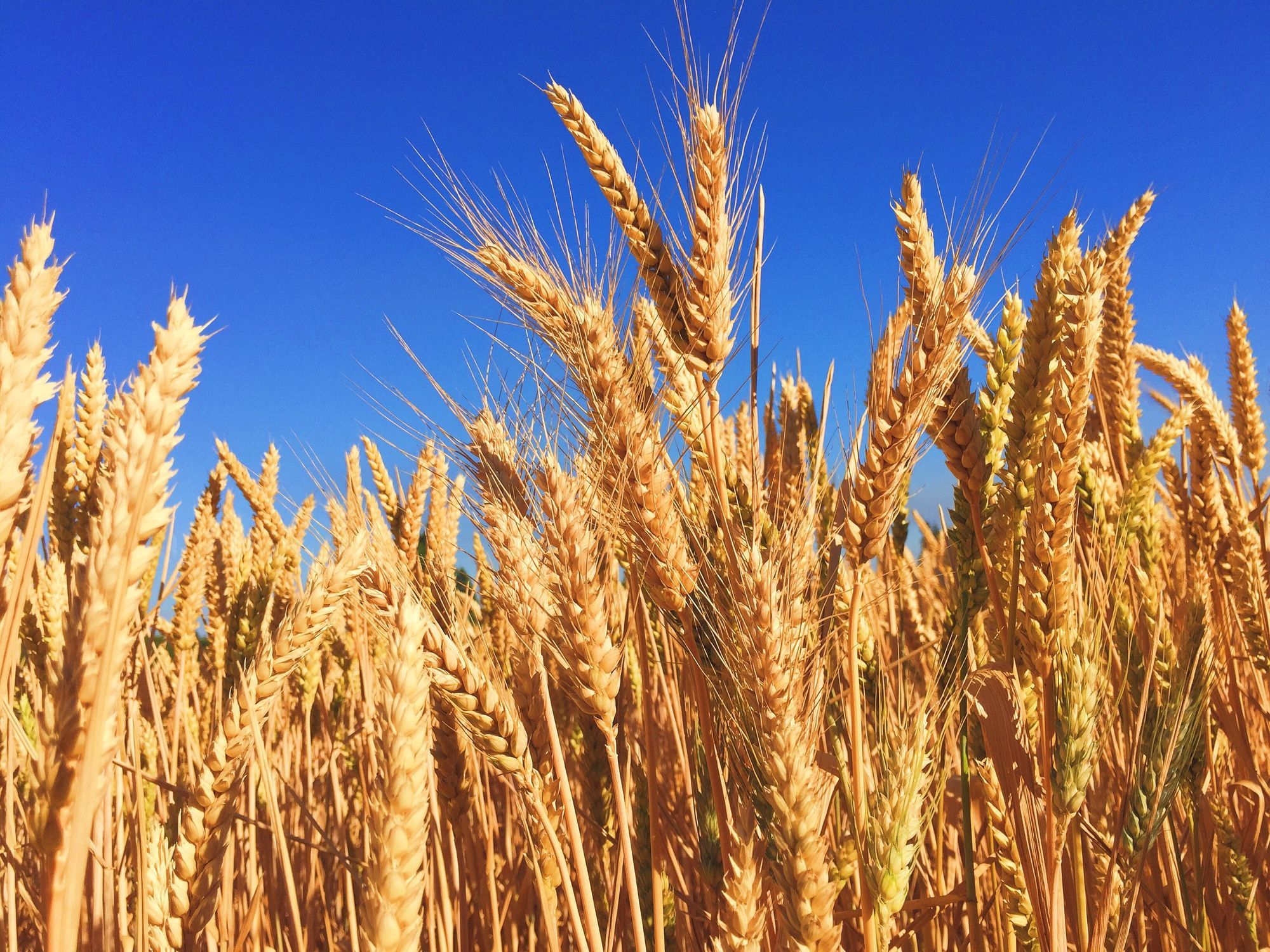Difficulty tolerating foods has been increasing globally, and chances are you have had an unpleasant symptom after a meal once or twice. You have probably heard of food allergies, intolerances, and sensitivities. But what do these terms mean, and how are they different? It is important to differentiate between them because reactions can range from just plain bothersome to life-threatening.
Food Allergies
When you have a food allergy, your immune system reacts with symptoms like hives, swelling, or itching and can include signs of anaphylaxis such as difficulty breathing, wheezing, and dizziness. An anaphylactic reaction is life threatening and requires a medication be injected into a muscle to stop the immune response. Approximately 4% of Americans have this type of food allergy. Common foods that cause an anaphylactic reaction include milk, eggs, tree nuts, wheat, soy, fish, and shellfish.
Food Intolerances
With food intolerances and sensitivities, the reaction is triggered by the digestive system, rather than the immune system. Food intolerances and sensitivities are much more common than food allergies, and some studies estimate 15–20% of the population are affected, although this number is likely much higher.
Food intolerances are foods your body has difficulty digesting. Sometimes, this may be due to lacking an enzyme to break the food down, such as in lactose intolerance. If you are lactose intolerant, your body lacks the enzyme to break down lactose, a sugar found in dairy products. Aging alone can cause difficulty with digestion overall and intolerance to certain foods. Although food intolerance is not a serious disease, it can be quite aggravating. Symptoms include gas, bloating, diarrhea, constipation, cramping and/or nausea. Avoidance of certain foods or taking enzymes will often help with these intolerances.
Food Sensitivities
There is ongoing research as to the exact cause of food sensitivities and the immune response to certain foods that produce a multitude of symptoms. The symptoms are not life threatening but can be quite troublesome and include symptoms similar to food intolerances. Gluten is the best-known trigger of food sensitivities. Through careful observation and elimination of certain foods with slow, methodical re-introduction, you can help understand your food triggers and improve your quality of life.
What is Gluten Sensitivity?
Gluten sensitivity is a fairly common problem, estimated to impact 10–15% of the population, and is an adverse reaction to gluten in genetically susceptible individuals. Gluten is a protein found in wheat, barley, and rye. Celiac disease — the most severe form of gluten intolerance — damages the intestinal lining.
Gastro-intestinal symptoms include classic signs, such as diarrhea with bulky, foul-smelling, floating stools and flatulence, skin rashes, symptoms of malabsorption such as weight loss, severe anemia, and vitamin deficiencies. Adults may also present with constipation and mild GI complaints, and can be a healthy weight or overweight.
Additionally, there are many extra-intestinal manifestations associated with celiac, including anemia, osteoporosis, depression, or recurrent mouth ulcers, which may present in isolation or along with gastrointestinal symptoms.
Celiac disease can be checked in a blood test or with an upper endoscopy and a small intestinal biopsy (used as confirmation). The patient must be consuming gluten at the time of the testing.
If one or both tests are negative, gluten sensitivity is often a diagnosis of elimination. If the symptoms improve, the patient is considered to have a gluten sensitivity. Other testing forms are through food sensitivity testing.
Treatment of gluten sensitivity
The only treatment, currently, is a life-long, strict, gluten-free diet which includes removal of wheat, rye, and barley. Celiac disease is the only autoimmune disease that is curable with dietary intervention. The symptoms can be minimized or completely removed by noteating any gluten-containing foods. Research has also shown a diet low in fermentable foods (low FODMAPs) can be beneficial. These are foods that contain fructose, including honey, high fructose corn syrup, apples, pears, mangoes, cherries, and wheat.
Along with regular meal patterns, avoidance of large meals, reduced intake of fat, insoluble fibers, caffeine, and gas producing foods such as beans, cabbage, and onions are also recommended. The elimination of gluten usually induces symptom improvement within days or weeks, although intestinal recovery takes months or even years, especially in adults. Inclusion of an experienced registered dietitian on the treatment team is essential to the health and wellness of the person on a gluten-free diet.
Testing
There are several tests for food allergies, including skin prick tests (usually done by an allergist), blood tests, and elimination diets. At Empowered Health, we have highly specific food allergy testing performed through bloodwork and an Elimination Diet program, and a support group to help you get to the root causes of your allergy, intolerance, or sensitivity.
Haley Scellick, ARNP
Haley Scellick is a board-certified Advanced Registered Nurse Practitioner. She has a wide berth of nursing experience that includes neurosurgery and orthopedics. She completed her Master’s of Science in Nursing at Gonzaga University and also has a Bachelor’s of Arts in Biology from Central Washington University.
Haley is passionate about treating each patient holistically and has pursued health and wellness in her own personal life. She is an avid outdoor enthusiast and has completed two marathons and the Seattle to Portland (STP) Bike Ride. Her hobbies also include spending time with her family, crafts and reading.
Photo by Melissa Askew on Unsplash


